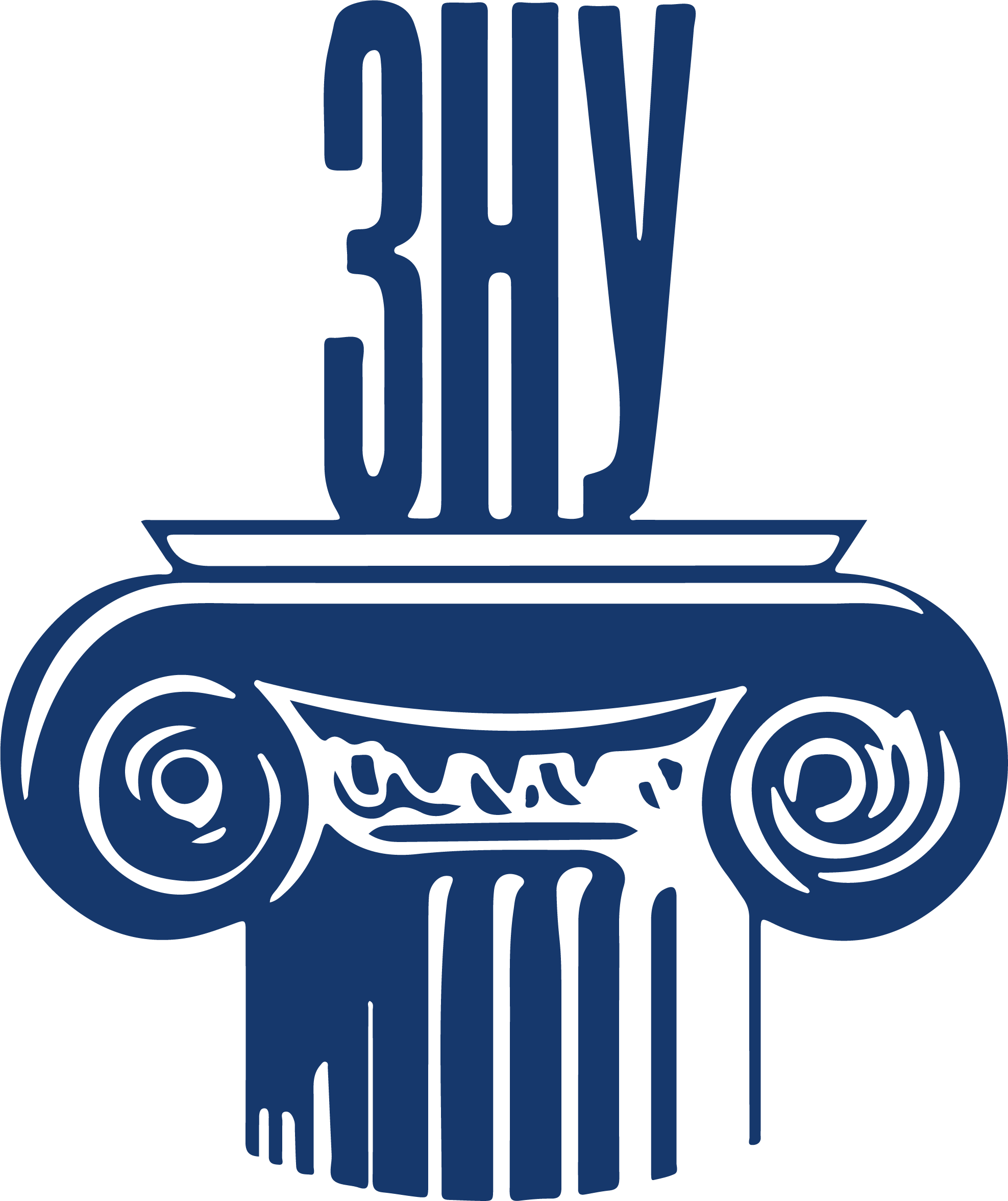INTERTEXTUALITY AS A COGNITIVE ASPECT OF ENGLISH SCIENTIFIC-TECHNICAL DISCOURSE
Abstract
The article is devoted to the study of intertextuality as one of the cognitive aspects of scientific and technical discourse, the study and analysis of which is a relevant topic for linguists in relation to the development of science, technology and the digitalization of society. The presence of intertextual relations is a distinctive feature of scientific and technical texts. A prototypical unit of intertextual communication in a scientific and technical text has been established; it is formed as a triad “a quote in quotation marks + name and title reference + bibliographic reference”. Citation is one of the means of realization of intertextual relations in scientific and technical discourse. Scientific citation is considered as an explicit inclusion; it is a marker of dialogism and a means of fragments integrating from primary source into another text. The discourse analysis of English-language scientific and technical texts (scientific articles and engineering monographs) has been conducted. As a result, three types of direct citations were identified and established. This classification is based on the criteria of the form and volume of citations: the full ones, the reduced ones, and the segmented ones. Other types of explicit inclusions (indirect speech and author’s narrative) are analysed; they are characterized by the presence of parenthetical structures, lexical, syntactic and lexical-syntactic markers, verbs and prepositional-verbal phrases. References are considered as an implicit type of citation. It was established that in the case of using reference, the functions of intertextual relations are performed not by fragments of the primary text, but by paratext elements that point to the original source. The influence of precedent phenomena on the organization of the text in the scientific and technical discourse is noted. Using the example of eponyms, it is proved that precedent phenomena are verbalized in the form of certain words, collocations or terms. This type of intertextuality does not have special textual demarcations; eponyms appeal to the existing apperceptive level of the author and reader of the scientific and technical text. All provisions of the article are illustrated by a large amount of authentic English language material.
References
2. Доронкіна Н.Є. Особливості аргументативних структур в англійськомовних науково-технічних статтях : дис. … канд. філол. наук : 10.02.04. Херсон, 2021. 285 с.
3. Дядюра Г.М., Кухарєва-Рожко В.І. Когнітивно-комунікативні функції номінативних речень у науково-технічній літературі. Науковий вісник Дрогобицького державного педагогічного університету імені Івана Франка. Серія «Філологічні науки (мовознавство)». 2017. № 8 (1). С. 80–83.
4. Кудінов І.О. Основи наукового цитування. Донецьк : Донецький національний університет імені Василя Стуса, 2019. 64 с.
5. Міжнародні правила цитування та посилання в наукових роботах. URL: https://nauka.gov.ua/information/mizhnarodni-pravyla-tsytuvanniata-posylannia-v-naukovykh-robotakh/ (дата звернення: 23.10.2024).
6. Мойсеєнко С. Прагматичні особливості англомовного науково-технічного дискурсу. Наукові записки Кіровоградського державного педагогічного університету імені Володимира Винниченка. Серія «Філологічні науки». 2010. Вип. 89 (5). С. 360–363.
7. Москалюк О.В. Специфіка перекладу науково-технічних текстів та особливості їх сприйняття. Закарпатські філологічні студії. 2020. Вип. 14. Т. 2. С. 103–107.
8. Остапенко М.П. Еволюція значення терміна «епонім» від античних часів до сьогодення. Закарпатські філологічні студії. 2022. Вип. 25. Т. 1. С. 184–191.
9. Переломова О.С. Інтертекстуальність як системотвірна текстово-дискурсивна категорія. Гуманітарний вісник Запорізької державної інженерної академії. 2008. Вип. 34. С. 87–95.
10. Сокол М.О. Поняття паратексту та паратекстуальності в системі сучасного літературознавства. Вісник Житомирського державного університету. 2011. Вип. 60. С. 218–221.
11. Стернічук В.Б., Лобанова С.І. Експліцитність, імпліцитність та інтертекстуальність як основні складові реалізації образу автора в епітекстах. Молодий вчений. 2018. № 3.2 (55.2). С. 37–40.
12. Ступницька Н.М., Ленська О.О. На шляху до інтертекстуальності. Закарпатські філологічні студії. 2019. Вип. 10. Т. 2. С. 23–27.
13. Тацакович У.Т. Інтертекстуальність як аналогове мапування між фреймами. Вчені записки Таврійського національного університету імені. В.І. Вернадського. Серія «Філологія. Соціальні комунікації». 2018. Т. 29 (68). № 4. С. 88–93.
14. Фока М.В. Інтертекстуальність як спосіб формування підтексту. Держава та регіони. Серія «Гуманітарні науки». 2017. № 2 (49). С. 10–13.
15. Шевченко І.С., Морозова О.І. Проблеми типології дискурсу. Дискурс як когнітивно-комунікативний феномен : монографія / за заг. ред. І.С. Шевченко. Харків : Константа, 2005. С. 233–236.
16. Eid H.F., Abraham A. Solving unconstrained, constrained optimization and constrained engineering problems using reconfigured water cycle algorithm. Evolutionary Intelligence. 2023. Vol. 16. P. 633–649.
17. Kannengiesser U., Frysak J., Stary C., Krenn F., Müller H. Developing an engineering tool for Cyber-Physical Production Systems. Elektrotechnik und Informationstechnik. 2021. Vol. 138. P. 330–340.
18. Möller S. Quality Engineering. Quality of Communication Technology Systems. Berlin : Springer, 2023. 194 p.
19. Nicquevert B., Boujut J.-F. Modelling engineering interfaces in big science collaborations at CERN: an interaction-based model. Research in Engineering Design. 2022. Vol. 33. P. 87–109.
20. Rozenfeld J. Efficiency in teaching English as a foreign language. Romanian Journal of English Studies. 2017. Vol. 14 (1). P. 132–140.
21. Rozenfeld J., Tomaščíková S. The Lovable Machine. Social Implications of Implementing Artificial Intelligence: Cultural Studies Perspective. Ostrava Journal of English Philology. 2023. Vol. 15. № 2. P. 77–92.
22. Rozenfeld J. Walls – The New Symbols of Culture Wars in Documentary Discourse. SKASE Journal of Literary and Cultural Studies. 2019. Vol. 1. № 2. P. 51–59.
23. Tipu R.K., Arora R., Kumar K. Machine learning-based prediction of concrete strength properties with coconut shell as partial aggregate replacement: A sustainable approach in construction engineering. Asian Journal of Civil Engineering. 2024. Vol. 25. P. 2979–2992.
24. Truong D.-N., To V.-L., Truong G.T., Jang H.-S. Engineering punching shear strength of flat slabs predicted by nature-inspired metaheuristic optimized regression system. Frontiers of Structural and Civil Engineering. 2024. Vol. 18. P. 551–567.
 ISSN
ISSN 


.png)



